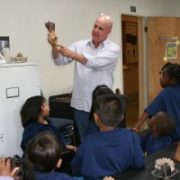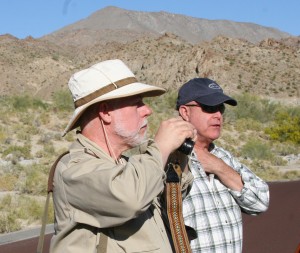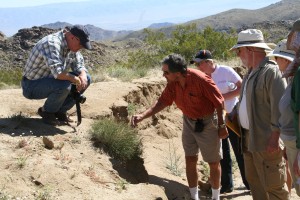introducing the mobile app clinic
Nancy Proctor, Head of Mobile Strategy & Initiatives at the Smithsonian Institution and the staff of Smithsonian Affiliations invite you to participate in a Mobile Clinic, a new opportunity as a benefit of your Affiliation that will introduce you to developing mobile tour apps. On Wednesday, February 27 (3-5 pm EST), Nancy will present two open source platforms that Affiliates and Smithsonian staff can use: one for crowdsourcing, and the other for creating museum tours. We’ll also talk about data feeds and APIs that give greater access to Smithsonian collections, exhibition, event and other data available that may be of interest. Join us and begin an online conversation about mobile possibilities.
What will we discuss?
In our first Mobile Clinic, we’d like to introduce Affiliates to the available open source platform that the Smithsonian uses for developing basic museum tour apps, the supported access that will be provided, and updates to these tools and platforms as we move forward. In addition, we’d like to begin the conversation on partnership opportunities on mobile projects that may be available. Most importantly, we’d like to hear directly from Affiliates about what resources you have and those you’d like to see available.
How will we get together?
We’ll be using Vidyo. It’s a video conferencing application that installs a small component on the desktop which allows for active engagement via web camera and microphone. Click here to access the Vidyo conference room with your webcam and mic.
What if I don’t have a web cam or mic?
The Vidyo platform will allow us to provide those without a web cam or microphone with a unique URL to access the meeting. The URL will show a live stream of the event–you’ll see and hear everything–but you won’t be able to live chat. You can still participate and ask questions though! While viewing the web stream, you can email your questions to affiliates@si.edu where we’ll be monitoring them as they come in to share with the online group. Click here to access the webcast.

The National Museum of the American Indian’s new app for the exhibit “C. Maxx Stevens House of Memory.”
Is there an example of a mobile tour created with this tool?
Yes! Check out the free app from the National Museum of the American Indian in New York.
We hope the Mobile Clinic will be useful to you. We certainly look forward to hearing about Affiliate projects using mobile technology and how we might create a community of practice to discuss our ongoing challenges and successes.




 Smithsonian Immigration/Migration Initiative (SIMI)
Smithsonian Immigration/Migration Initiative (SIMI)













